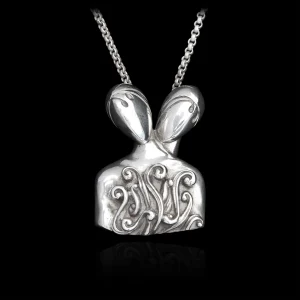Giorgio di Chirico
Born in Volos (Greece) in 1888. Died in Rome (Italy) in 1978.
After his father's death, Giorgio, his brother, and their mother left Athens for Munich, via Turin and then Paris, where the young Giorgio exhibited at the Salon d'Automne in 1912. He met Surrealist and Dadaist artists Apollinaire, Picasso, Braque, Derain, and Brancusi.
In 1918, he moved to Rome, where he joined the Futurist and Dadaist groups.
In 1919, in Rome and then in Milan in 1921, he exhibited his metaphysical paintings without any real success.
In Paris, and then at the 1924 Venice Biennale, he won his first awards.
In 1925, he exhibited at the Rosenberg Gallery in Paris, marking a definitive break with the Bretons. In 1929, he was hired by Diaghilev to create the set and costumes for his ballet "Le Bal."
He performed in New York from 1935 to 1938, where he finally achieved immense success.
He returned to Italy in 1939.
In 1974, he was elected a member of the French Academy of Fine Arts.
After his death in 1978, he was buried in the crypt of "San Francisco a Ripa" in Trastevere.
In 1956, for his second wife, Isabella, he created a large gold and diamond brooch topped with three large pearls framing his favorite subject, "The Archaeologists." From 1970 onwards, during his neo-metaphysical period, he produced a series of silver jewels representing the main themes of his paintings, muses, archaeologists, troubadours, horses, masks and faceless human bodies, but all named after Greek mythology, Hector and Andromache, Orestes and Pylades, the heroes of his metaphysical worlds. At his death, not all the jewels had been produced and his widow authorized the production of the jewels until the editions were exhausted...
